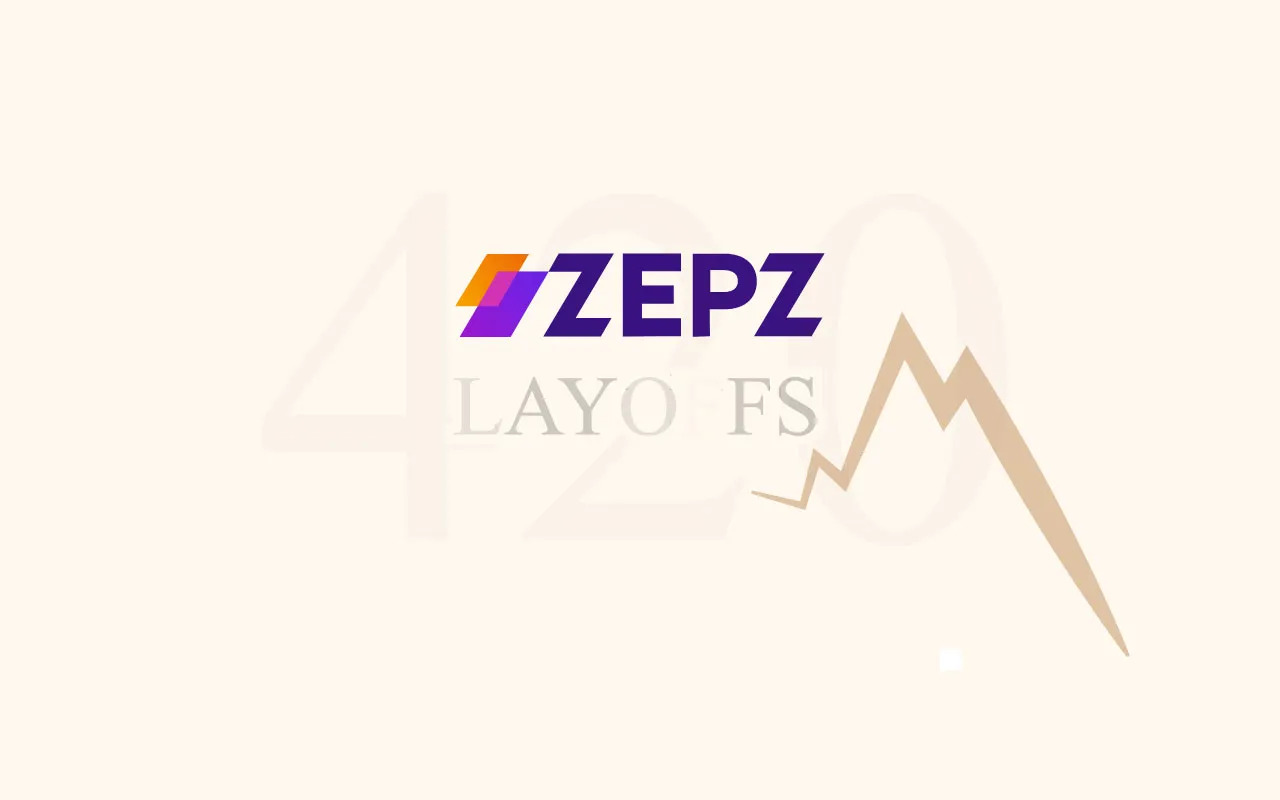The promise of Web3 and Blockchain technology


Web3, Blockchain and Crypto are gradually encroaching on our lives. Financial institutions, government agencies and private organizations have either adopted or are preparing to integrate blockchain technologies into several aspects of their business. Crypto-assets have seen much wider adoption among retail and institutional users globally. The shift from Web2 to Web3 has started, and the entire transition will take place over time.
While these new technologies and concepts are being embraced for the enormous economic and social value they offer; Unfortunately, they are often seen in silos. The fact is that Web3, blockchain technology and crypto are inextricably intertwined. In this context, it becomes important to understand that crypto-assets play an integral role in the blockchain and Web3 ecosystems and therefore must be seen as a “transformative force” in our innovation economy. Cryptos are much more than a new asset class and have intrinsic value.
Web3 is the last and third generation of the internet built on blockchain technology. Web1, the first version of the Internet, started in the late 1980s and was limited to basic functions such as static web pages that could display information. The second version, Web2, enabled users to move from “read only” to “read and write”. Great emphasis was placed on user-generated content and participation; However, tech giants that own social media networks and cloud-based services gradually evolved into “data centers” and controlled the content shared by users.
Questions about the sharing and collection of data, ethics and concerns about the privacy and security of data are some of the issues that have increasingly been discussed and criticized. Technology has a solution to every problem. The blockchain technology underlying Web3 has an answer to this challenge. Known for its decentralized features, this new technology is based on a distributed and open ledger system, where each block stores information that cannot be changed or tampered with, providing maximum transparency.
It is important to note that a blockchain operates through its own tokenomics based on incentive mechanisms. Incentives are essential for decentralized participants in a blockchain to cooperate in validating updates to the network. For example, participants in the bitcoin blockchain use computing power to validate transactions to earn bitcoins in the form of “block rewards”. Likewise, each public blockchain has its native crypto, which is used to pay as a reward.
The incentive mechanism further forms the basis for maintaining a chain of origin for digital assets, which enables use cases such as decentralized economy, digital identification and metaverse. By virtue of encryption and network-wide consensus on blockchains, the origin and transaction history of each unit of a crypto-asset can be traced. Due to the presence of this verifiable chain of titles, the value of digital infrastructure cannot be forged or duplicated. This security is critical for Web3 solutions, which deploy self-executing algorithms based on real-time data in the form of smart contracts. This can, for example, take the form of notary services, which validate the transfer of property registers.
In the context of India, blockchain technology, if deployed well, can improve public services and identity-based solutions for social development. While the central government has recognized the value of developing blockchain technology, the next step is to pay more attention to crypto’s potential use cases in addition to digital assets, which is just one of the use cases. Crypto is a powerful trend shaping economies around the world. The industry is confident that policymakers will work together to formulate regulations that allow our economy to reap the full benefits the global crypto industry has to offer.
India has been among the top five countries to embrace new digital assets. It could further be of great benefit if the industry and the authorities work together to map out a regulatory framework that will enable crypto to gain legitimacy and protect users’ interests. A recent report, ‘The India Web3 Startup Landscape’ by NASSCOM, rightly mentions that Web3 has greater promise in various areas, but regulatory challenges are a critical hindering factor that will require decisive ecosystem action.
To summarize, crypto is at the heart of the blockchain and Web3 ecosystem; Therefore, in an effort to deploy and promote blockchain infrastructure to improve public services, the government must take a pragmatic approach. The journey has begun. Nevertheless, the direction it will move will depend on how quickly we create an ecosystem that embraces crypto. A more holistic approach is essential for the growth of the industry.
The “Brand Connect” pages are equivalent to advertisements and are not written and produced by Forbes India journalists.
Check out our festive offers of up to Rs.1000/- off website prices on subscriptions + gift voucher worth Rs 500/- from Eatbetterco.com. Click here to know more.
























